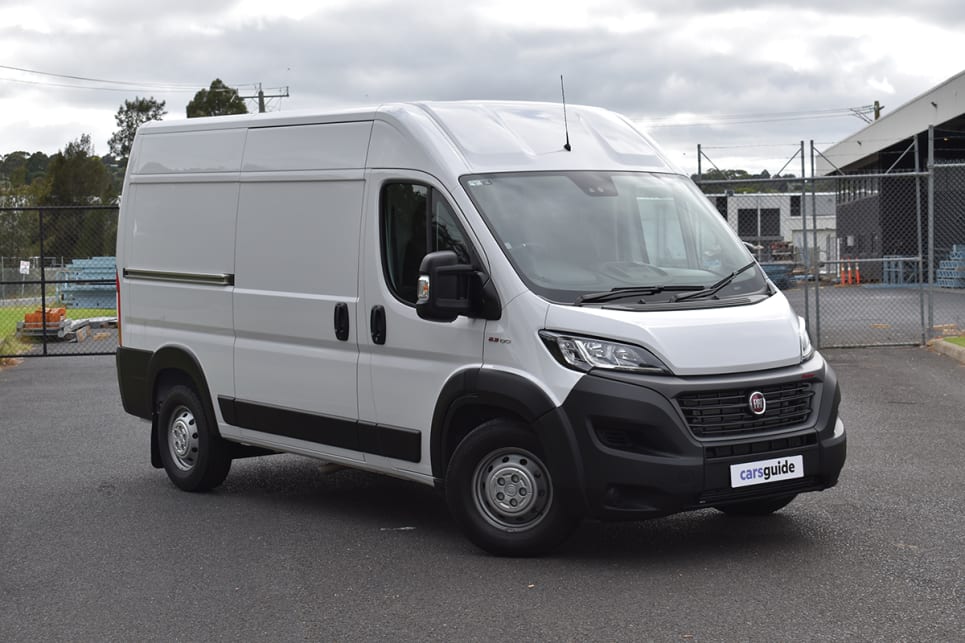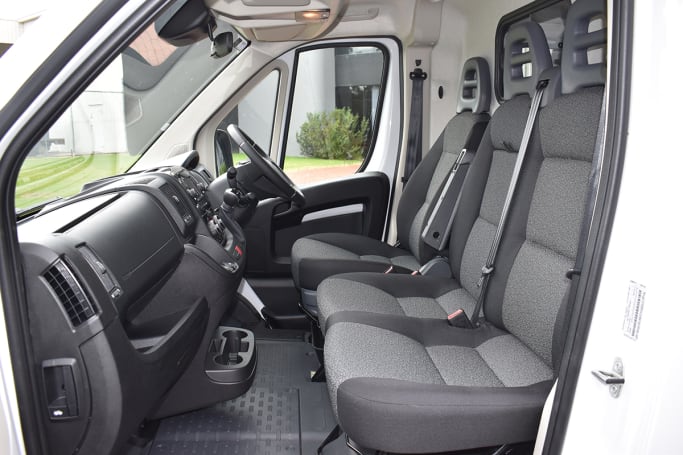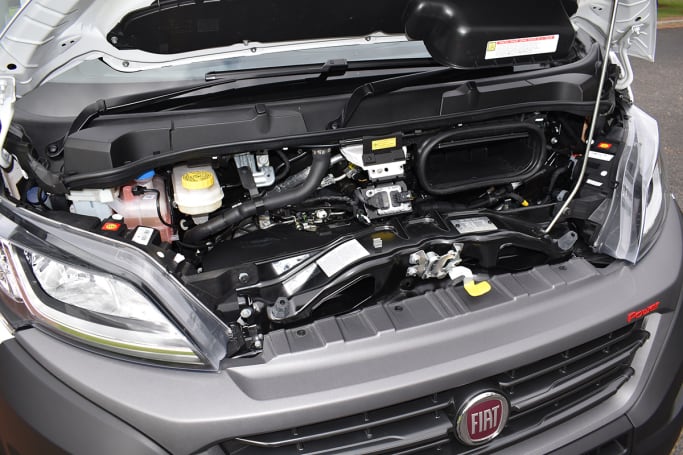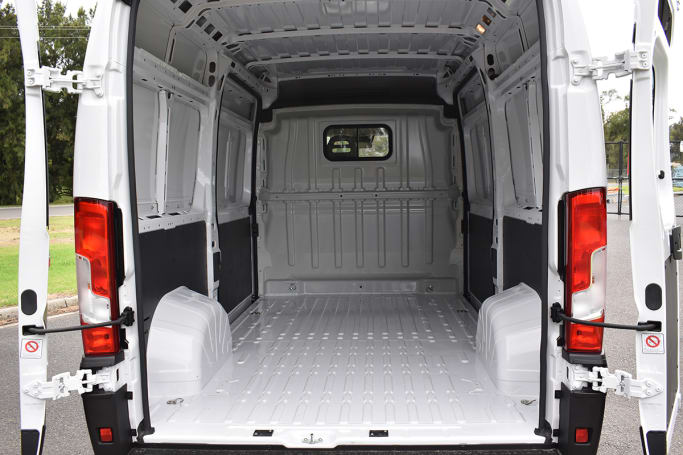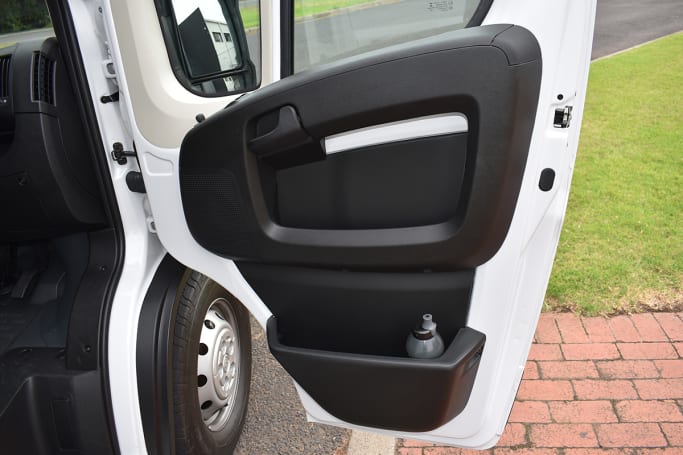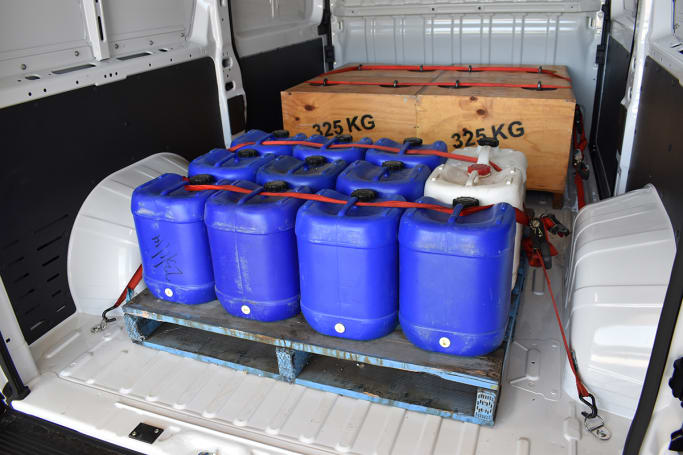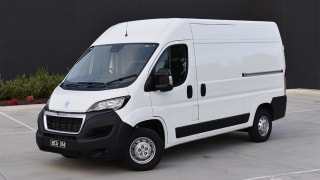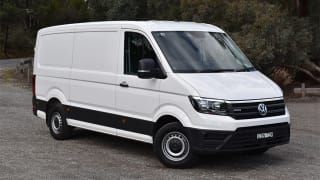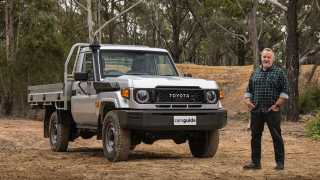Our white test vehicle is the MWB MR, which translates to Medium Wheel Base Mid-Roof. It’s one of four Ducato van configurations featuring medium, long and extra-long wheelbases and two roof heights.
They’re all powered by a new 2.3 litre turbo-diesel engine, with a list price of $48,300 for the MWB MR with standard six-speed manual or $51,190 with the optional new nine-speed torque converter automatic like our test vehicle. It also has an extra side-sliding door that adds another $1190.

A few of the standard features include 16-inch steel wheels with heavy-duty 215/75 R16C tyres and a full-size spare (16-inch alloys optional), infotainment system with 5.0-inch touchscreen, USB/AUX connectivity and steering wheel controls, power-adjustable and heated exterior mirror, dual passenger seat with three-point central seatbelt, single cargo bay side-sliding door, twin rear barn-doors with 270-degree opening, reversing camera/rear parking sensors plus an upgraded safety suite headlined by AEB.
There’s also a wide choice of colours and other options including the Comfort and Tech Pack which for an additional $2190 brings a larger 7.0-inch infotainment touchscreen with DAB digital radio, Apple CarPlay/Android Auto, plus sat-nav, LED daytime running lights, automatic climate control and tyre pressure monitoring.
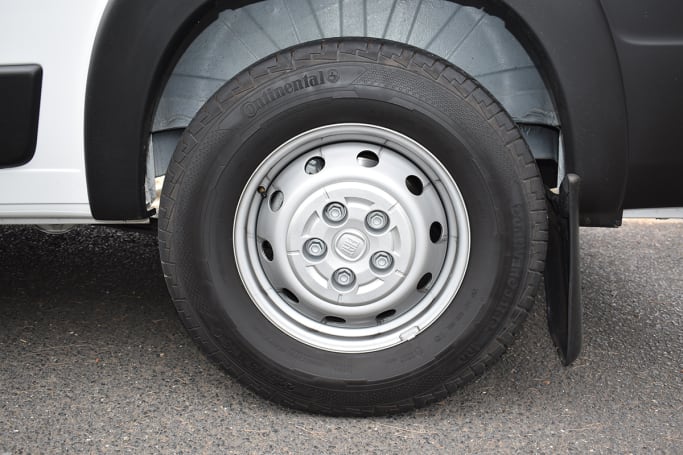
For the same price you can also get a Safety Plus Pack comprising rain/dusk sensor, auto high beam, traffic sign recognition, blind-spot monitoring and rear cross-traffic alert, fog lights, traction control and all-season tyres.


